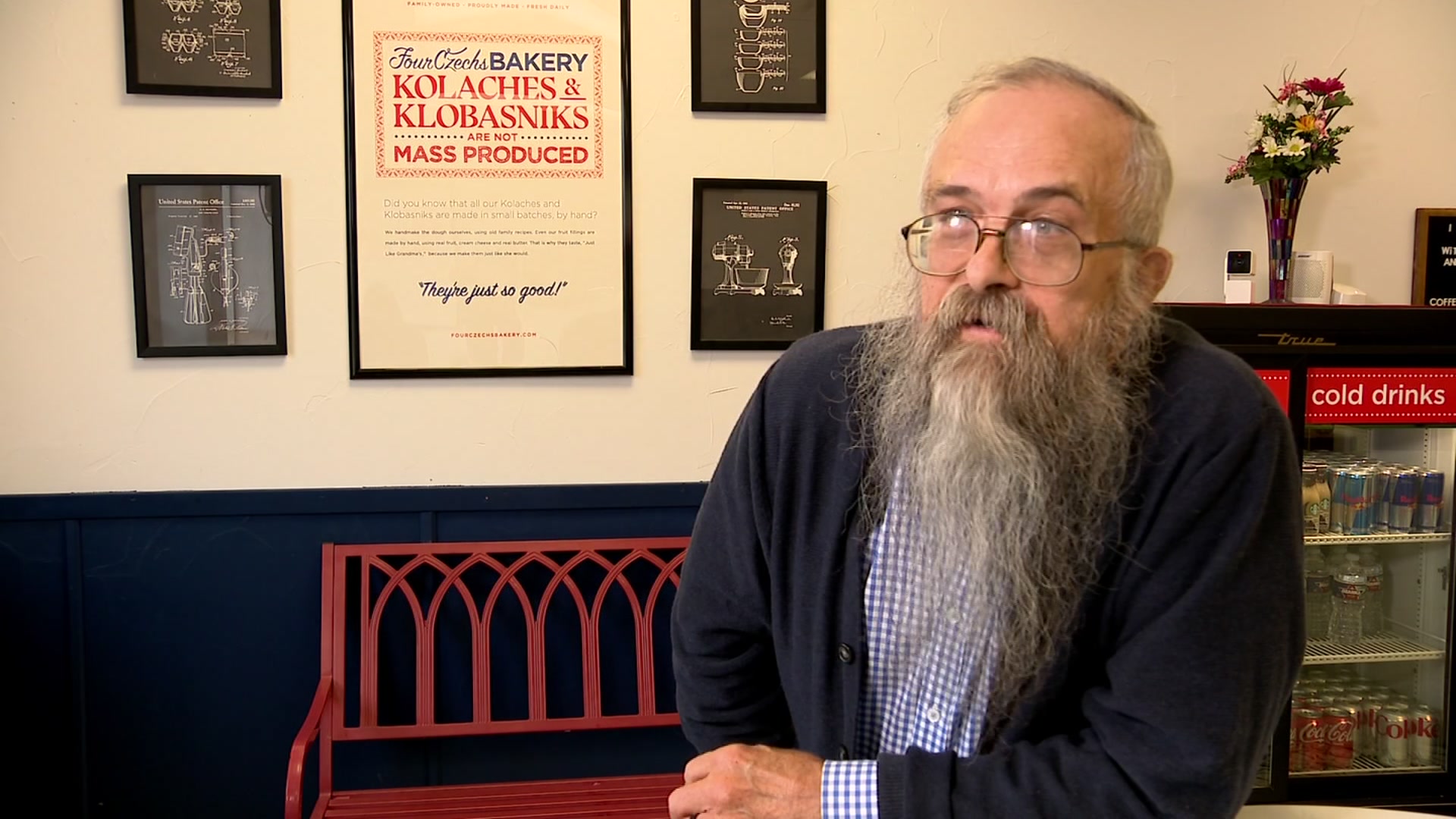More than 50 million people worldwide have epilepsy. For some, medication controls the onset of seizures. Others need major surgery, and for some, laser ablation is the solution, but there have been no guidelines for doctors to determine how much ablation is just enough to be effective. Now, neurosurgeons are getting closer to having answers.
Scott Geryk is an avid cyclist, but a recent epileptic seizure knocked him off his bike and onto a busy roadway.
"I had an aura that rapidly changed to a seizure and I crashed the bike and ended up all bloody on the face," Geryk said.
After that, Geryk stayed off his bike and in the house. At first, medications worked.
"He put me on it and poof! The auras, the seizures stopped," Geryk said.
But the meds stopped working. Brain surgery was an option but it's invasive with a long recovery. Instead, Geryk and his doctor chose laser surgery.
During the procedure, Dr. Chengyuan Wu, at Jefferson University Neurological Surgery, used a tiny catheter to zap lesions thought to cause seizures and leave healthy tissue intact.
Health Connection
Get connected to a healthier life.
"The actual ablation again is only three or four minutes, total," Wu said.
Wu recently co-lead a study designed to pinpoint the precise ablation spot in the brain to significantly reduce seizures. In the OR, he uses MRI guidance to insert the probe.
"Then, it's just activating the probe creating the ablation. That's done in the control room of the MRI scanner," Wu said.
Wu and colleagues studied the MRI scans of 234 patients in the study and found when they ablated sections in the central part of the brain, patients had the best outcomes. What has the laser surgery meant for Geryk?
"It's back to what it was before the accident. I can drive, I can bike and do everything that I could do before," said Geryk.
The overall rate of patients who were seizure-free after laser ablation across the eleven study centers was 58 percent. But Dr. Wu says when looking only at the procedures that targeted the optimal locations, that rate was significantly higher. Surgical success rates are around 80 percent.
Contributors to this news report include: Cyndy McGrath, Supervising Producer; Donna Parker, Field Producer; Roque Correa, Editor & Videographer.




